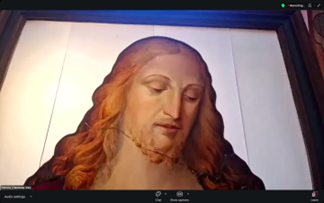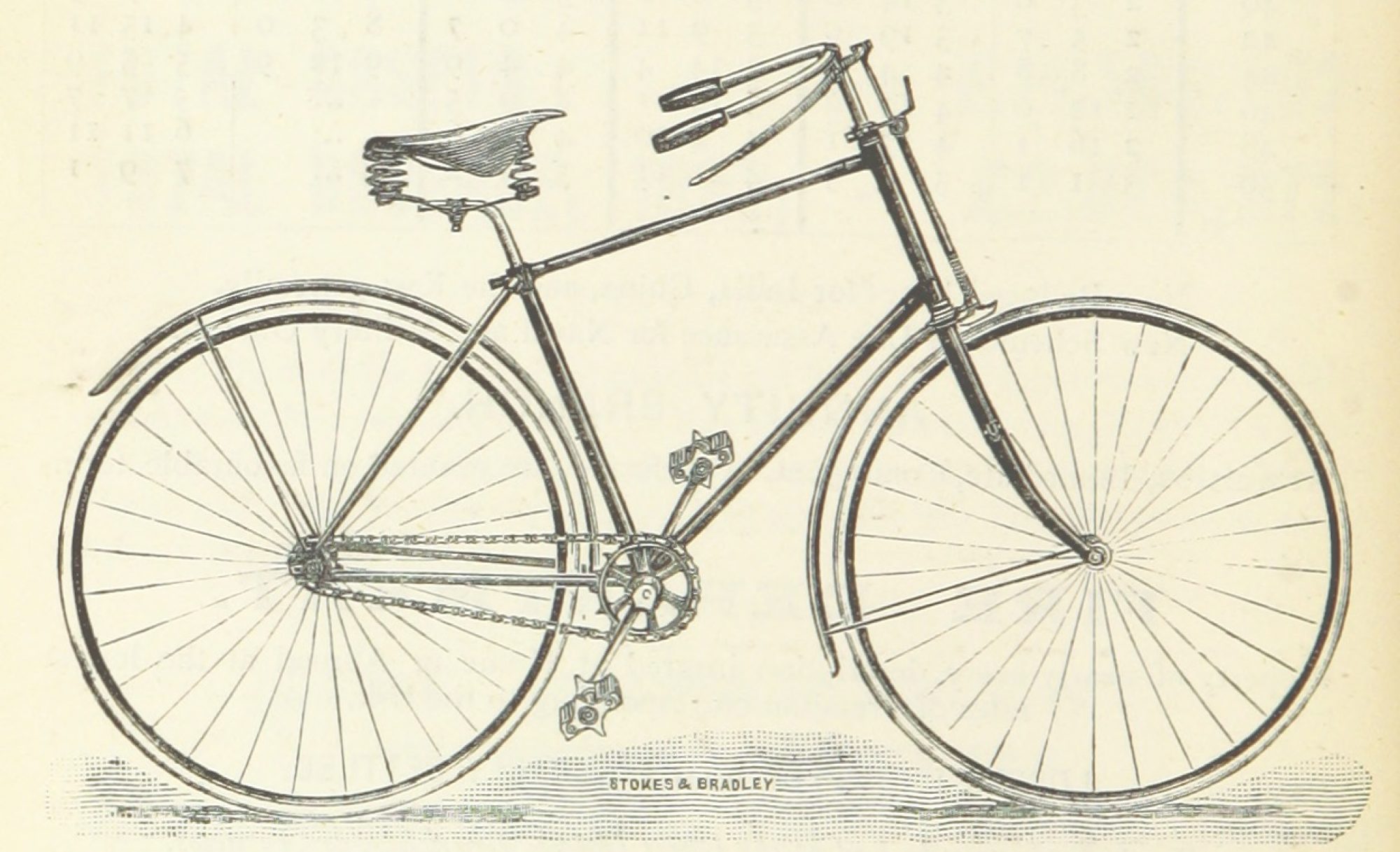by Erin Kelley
Italy is home to many incredible museums and cultural heritage sites, some quite famous, others lesser known. One of these smaller sites, located in the city of Perugia, is the Moretti Caselli Stained Glass Museum. The outreach event I decided to attend was a virtual walking tour of this museum.
The Moretti Caselli Stained Glass Museum first started as a workshop and research laboratory. In 1858 Francesco Moretti and his nephew, Lodovico Caselli, became interested in ancient techniques that were used to make painted glass. They used the workshop and laboratory as a place to study those techniques and then began to create their own stained glass pieces. Since then, the art of glass making has been passed down from generation to generation, with the woman now running the family business and the museum being part of the 6th generation. The building the museum currently inhabits was purchased by the family in 1895.
A company called Next Stop Italy works closely with the museum and hosted the virtual tour. This company focuses on sharing Italian culture and history with the public and often does virtual walking tours of museums and cities throughout Italy. Through this Zoom-based experience, a trained guide led us through the museum and workshop. The tour was about an hour all together; 50 minutes of exploring and describing the space and 10 to 15 minutes left for questions at the end.
The tour started with the guide outside of the museum where she provided some historical context for the city and explained how the workshop fits into that history. With that, the door was opened and we were introduced to the current stained glass maker and descendant of the original founders. The first room was the original research laboratory where the guide discussed the scientific history of painted glass making. The tour then moved throughout the space and the guide shared stories about some of the more notable pieces that the studio had made. Finally, the tour ended in the workshop where she described the process of glass painting in the 19th century and in the current day. With that, everyone was encouraged to leave questions in the zoom chat feature, and the guide went through each one with the remaining time. Ultimately it ran quite similarly to an in-person museum tour.

Looking at this experience from an outreach and advocacy perspective, I think it was incredible for several reasons. First and foremost is the virtual component. There are plenty of people who have always wanted to visit Italy or great museums like this one but haven’t had the chance for whatever reason. Virtual tours are a great way for a larger audience to experience things that they otherwise would not be able to. However, when you search for “virtual museum walkthrough” on google, most of what you find are 3D self guided tours. This experience, because it is live and guided, felt more engaging and informative. The guide was able to move closer to objects that you wanted a closer view of, and could describe them further than a short museum blurb likely would have.
Second, this tour removed a large language barrier. The guide gave the tour in English, but during the Q&A section, and any other time that the guide talked to the museum staff, she would switch to Italian and then retranslate in English. The museum’s website doesn’t have an English language page yet which I see as a clear indicator that English-only speakers might struggle to engage with the material in-person. Finally, although Perugia does attract tourists, it is not one of the most widely known tourist cities in Italy. Additionally, when you search for museums in Perugia, the Moretti Caselli Museum is not one of the first two or three to show up on google. So this experience, specifically working with a company that does so many other tours, really exposed the museum to a wider audience.
Overall, this was by far one of the most engaging virtual museum experiences that I have had. Now, it was not perfect. There were a few points during the tour where the video got very blurry. The whole tour had a little bit of blurriness which was to be expected since it was a live zoom video rather than a pre-recorded walk through. However, I do not think it took away too much from the experience as a whole. It made me much more interested in trying other virtual museum tours in the future, and I’m sure many others would feel the same.
Resources and Further Readings
Lindsay, A. (2013). #VirtualTourist: Embracing Our Audience through Public History Web
Experience. The Public Historian, 35(1), 67–86. https://doi.org/10.1525/tph.2013.35.1.67
Itzkowitz, L. (2024, October 17). Inside studio Moretti Caselli, one of the last remaining stained glass workshops in Italy. The New Roman Times.
